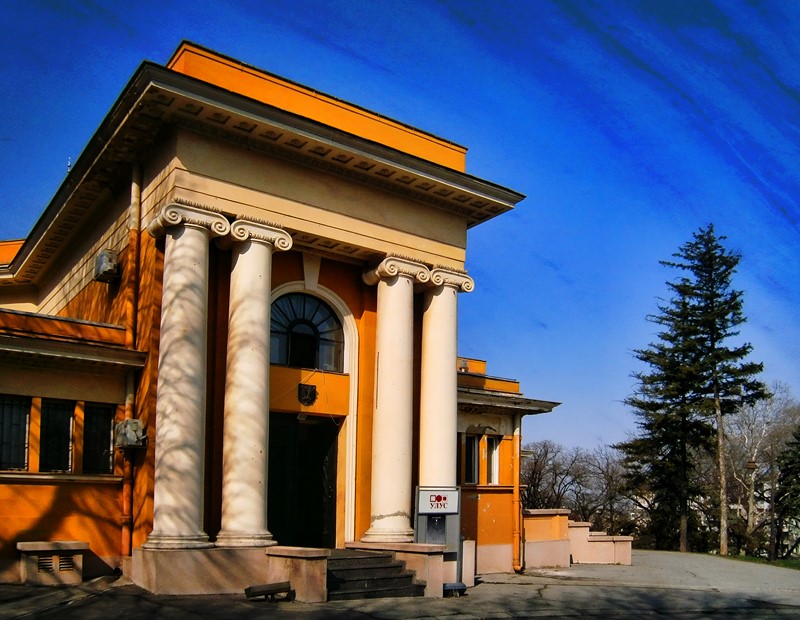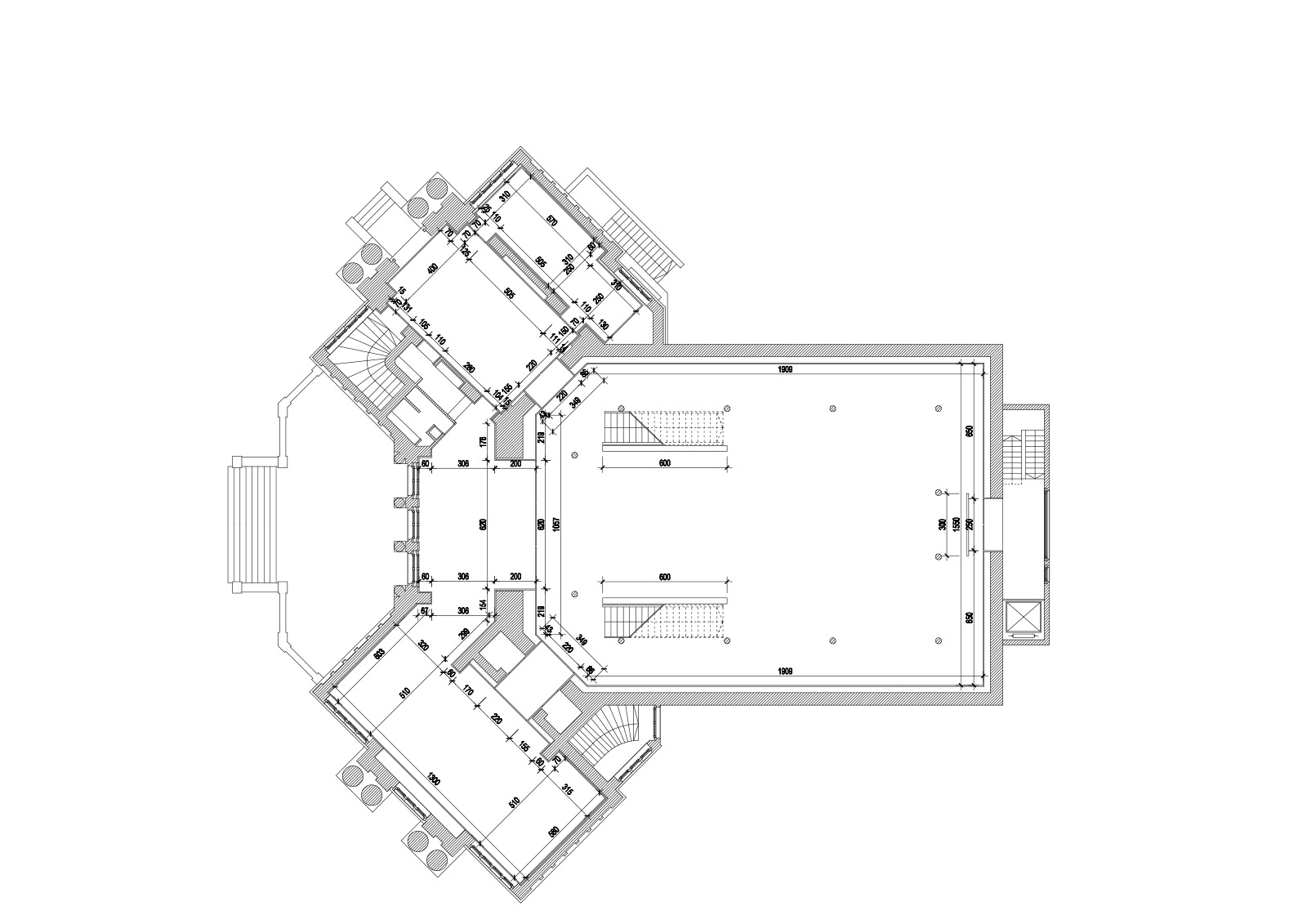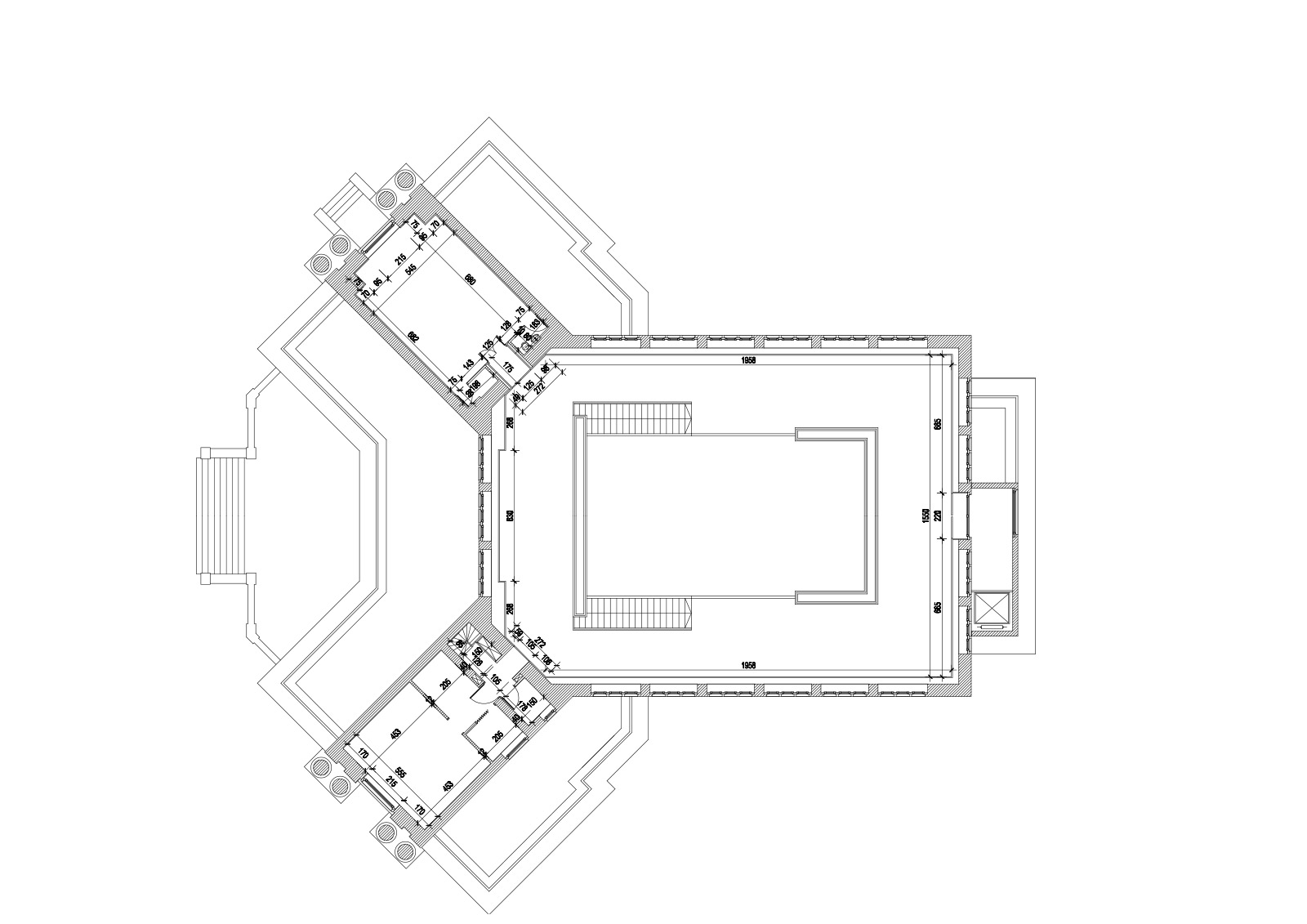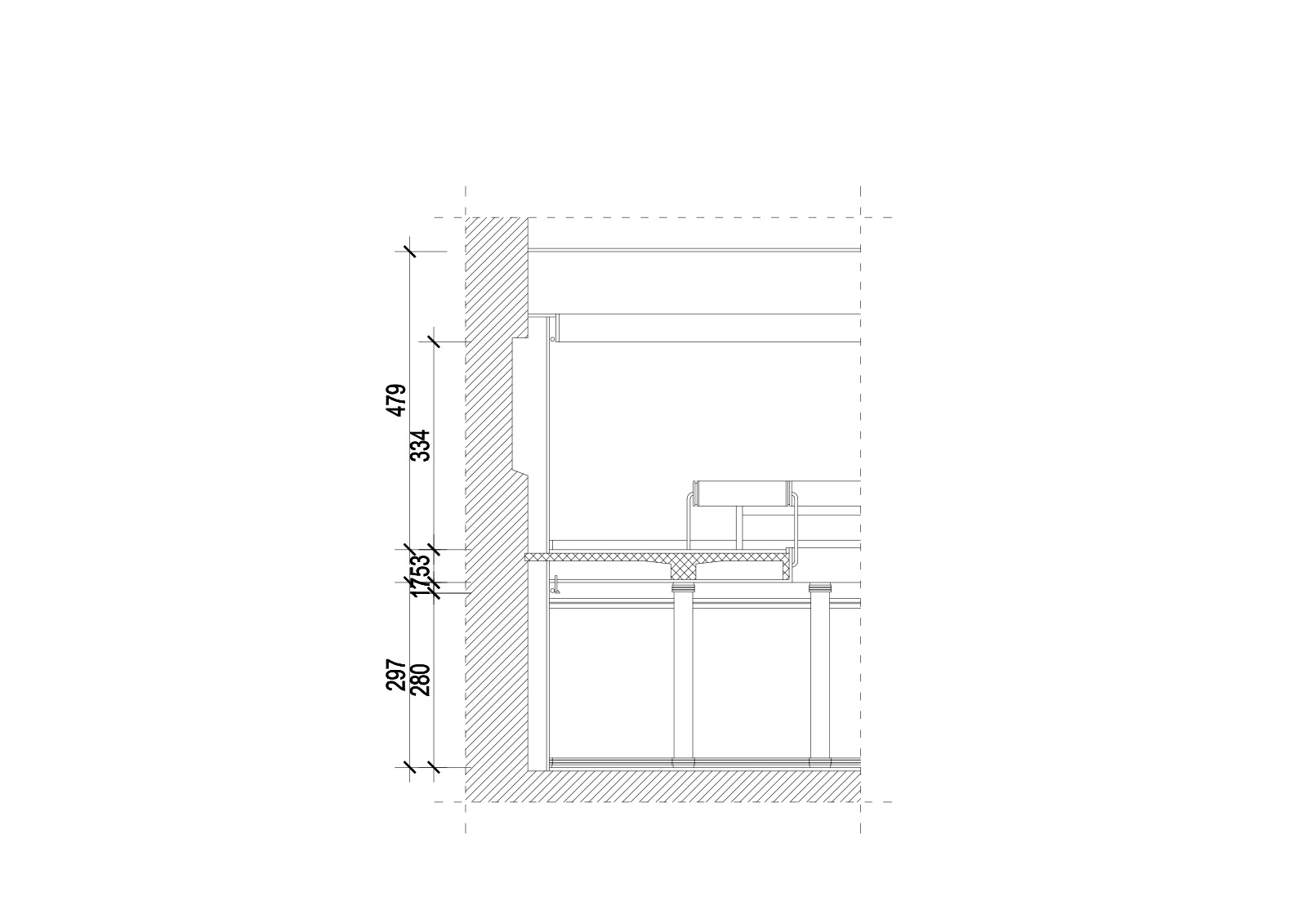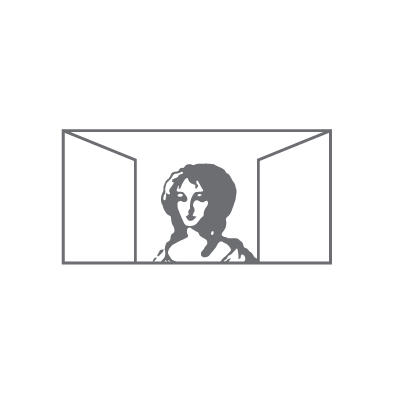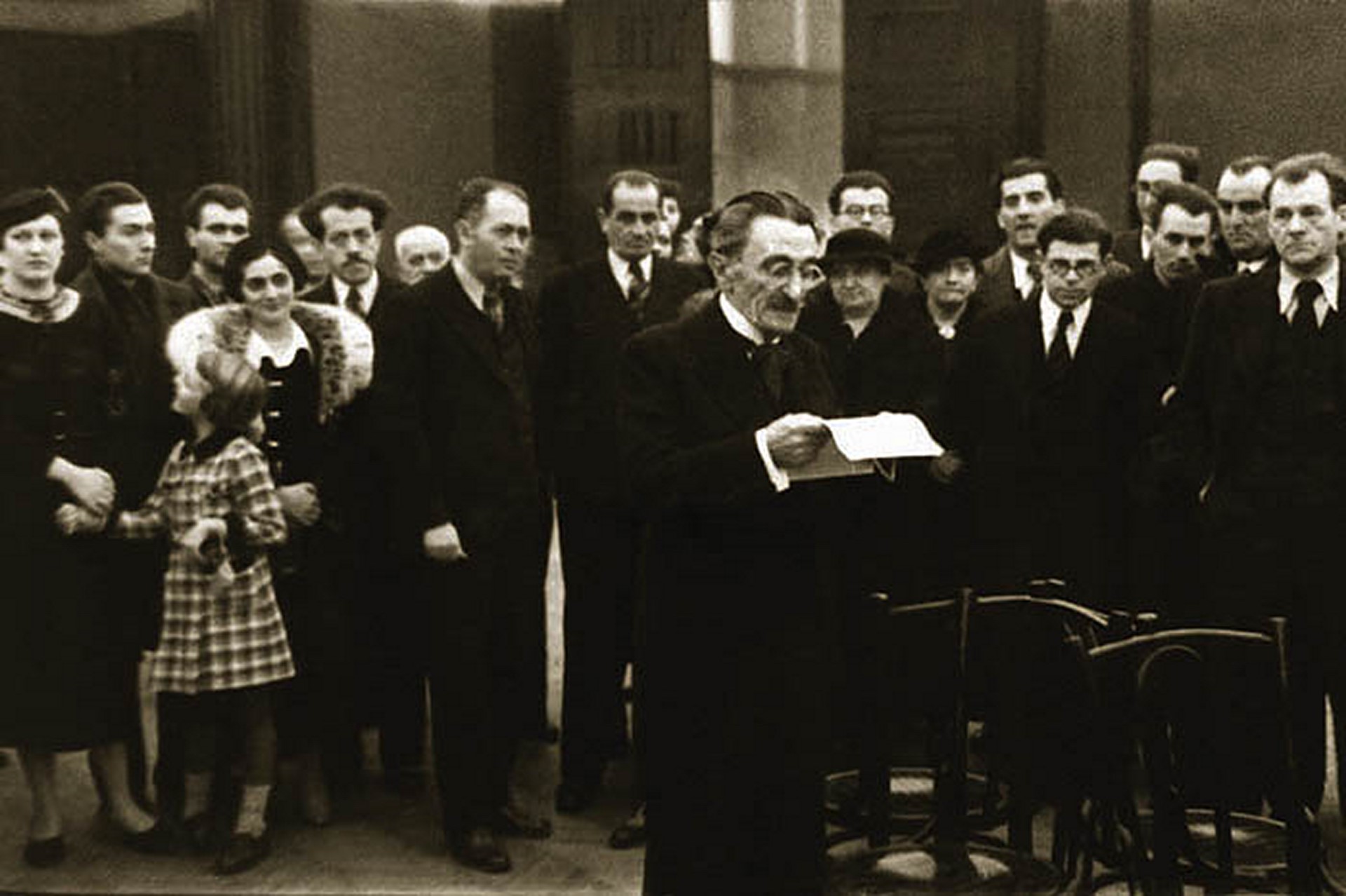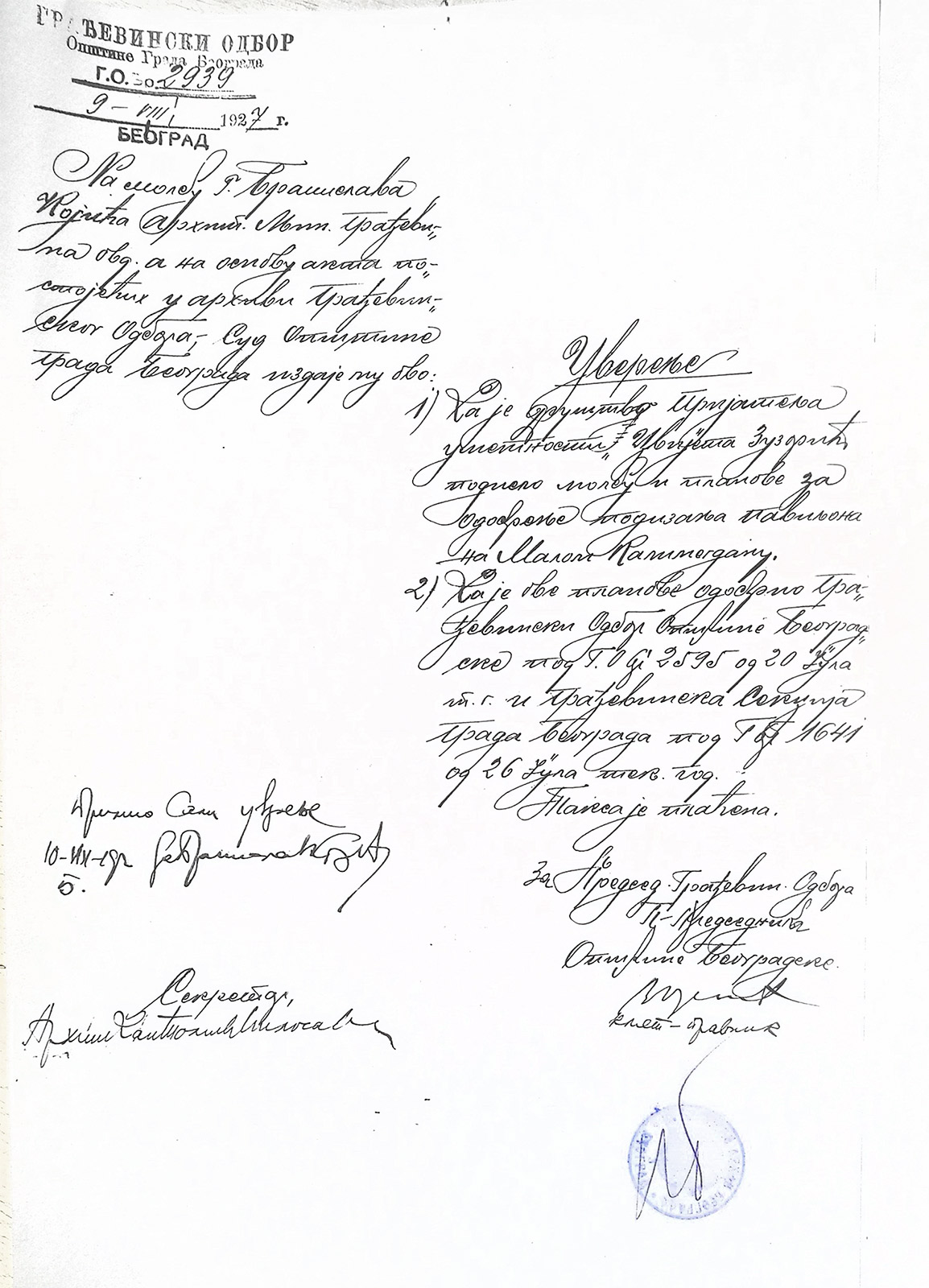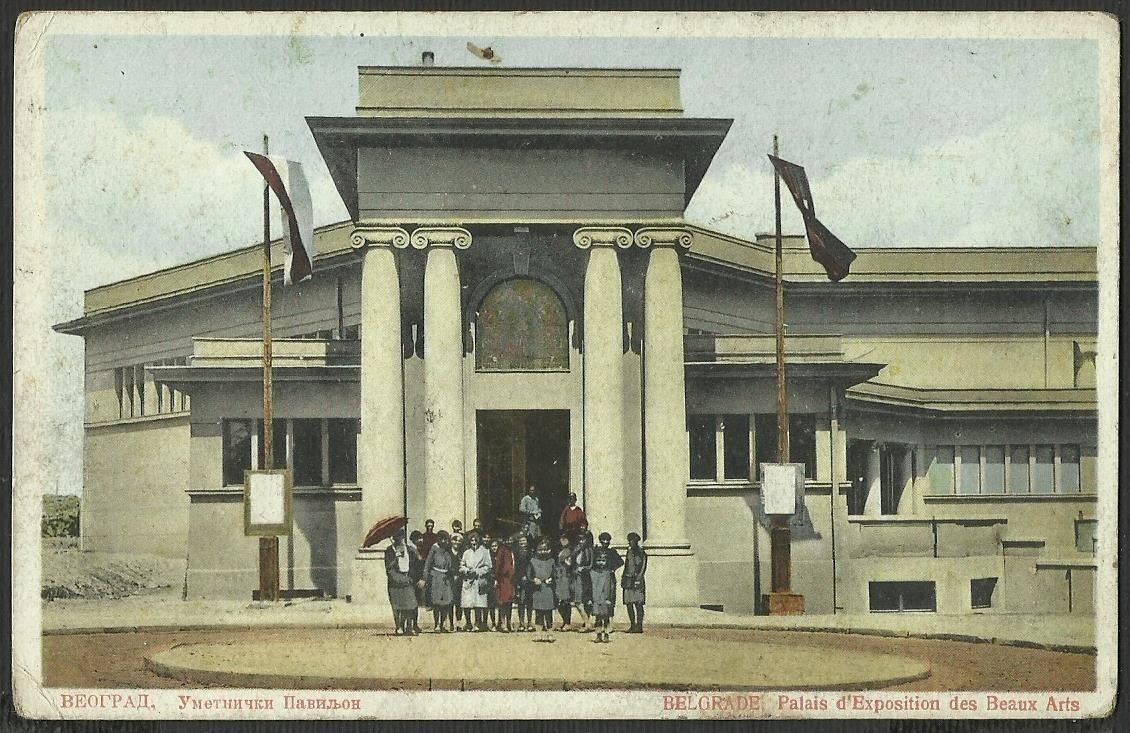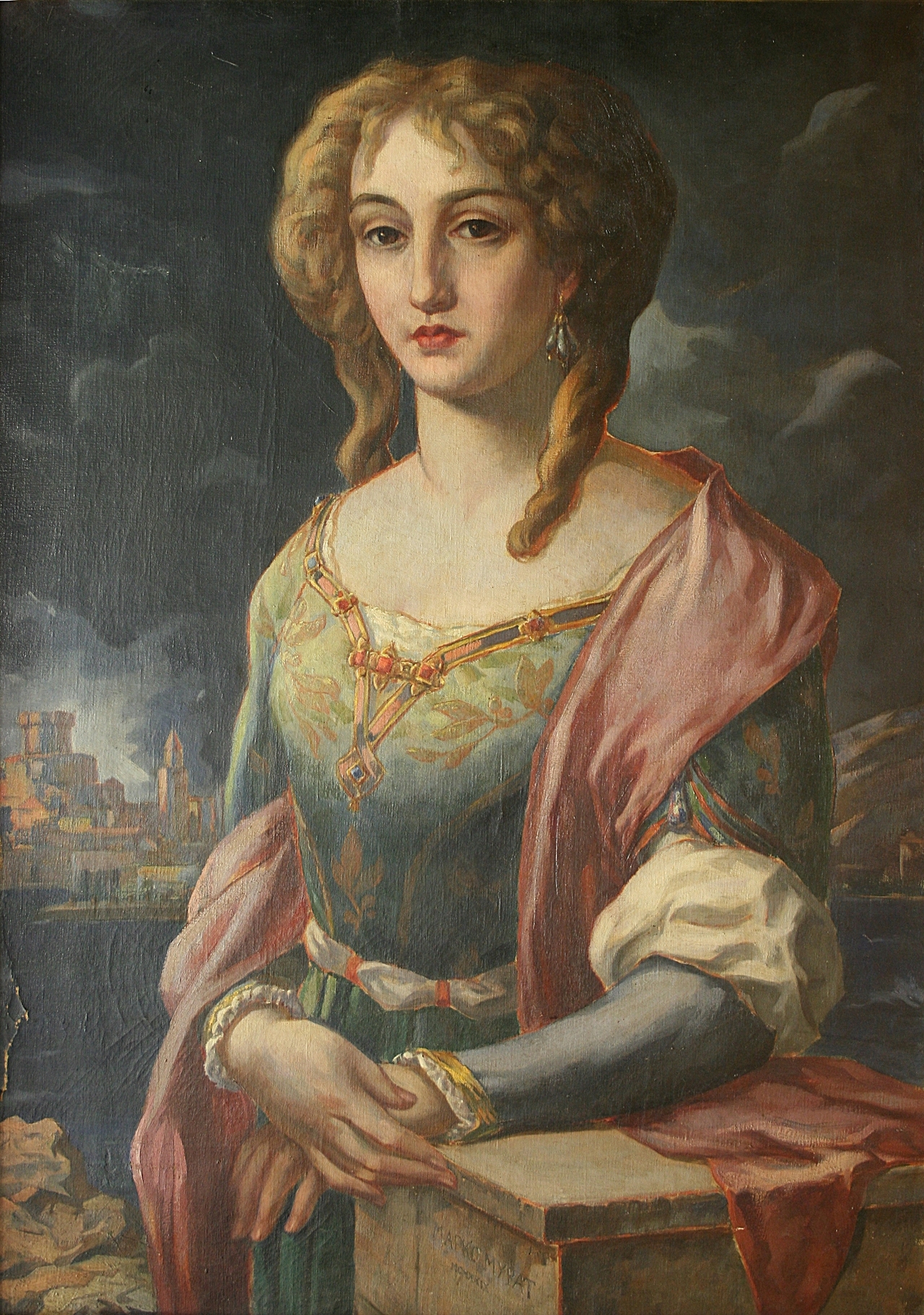Art Pavilion “Cvijeta Zuzorić” is located in the park “Mali Kalemegdan”, at a historical part of Belgrade fortress. It was the first gallery space in our area, built solely for the purpose of organizing artistic events.
Bearing in mind the exhibition tradition of over 90 years, Art Pavilion “Cvijeta Zuzorić” enjoys the reputation of a representative gallery space, nationally and regionally. This gallery space, since 1945 is managed by the Association of Fine Artists of Serbia.
The Association of Fine Artists was founded in 1919 with the aim of improving the social position of artists and creating a democratic environment in the Kingdom of Serbs, Croats and Slovenians, lately Kingdom of Yugoslavia, so art could become recognized as an irreplaceable resource in shaping consciousness and creating public interest. The second important part of the Association’s activities was directed towards the promotion of current artistic practice and the organization of national and international exhibitions.
In 1922 by the suggestion of playwright Branislav Nušić, the “Society of Art Friends Cvijeta Zuzorić” was founded in Belgrade. In 1928 with the support of the Art Department of the Ministry of Education, which was headed by Nušić, the Belgrade Municipality granted lease for the property at “Mali Kalemegdan” to the Society . From then on, the construction of an art pavilion began, according to the awarded project by architect Branislav Kojic. The construction of the art pavilion was funded by voluntary contributions from art lovers and friends of the Society, as well as various private fundraising initiatives. The most common type of fundraising were gala balls organized by the Society. However, the most significant funds were provided with the assistance of the state.
Opening this space of culture, the artistic life of Belgrade and the Kingdom of Yugoslavia gained a new center and thus became more organized and visible. Since the first year of the Pavilion, two large collective exhibitions have been established and its tradition continues today. The Spring Exhibition featured works by Yugoslav artists, while the Autumn Exhibition featured works by Belgrade artists.
Although these two exhibitions have changed their structure over time, these two manifestations preserve the reputation of the most important exhibiting events on Belgrade’s cultural map and hold the authority of the oldest in the region. In the period between the two World Wars, prominent representatives of the Serbian avant-garde exhibited their works of art in the Pavilion. In addition to the Spring and Autumn exhibitions, the Association has organized numerous international exhibitions at Art Pavilion “Cvijeta Zuzorić”. The Association also organized major exhibitions of Yugoslav artists throughout Europe, presenting the best works of art of the era.
From the very beginning, the Pavilion program has united various vocational art initiatives, including literary and musical sections in addition to the visual arts. At the times when Belgrade did not have a professional concert hall, numerous music performances were organized as part of the music section at Art Pavilion. In the context of the literary section, domestic and foreign writers were represented as well. Among them were Ivo Andrić and other domestic writers such as Branislav Nusic, Veljko Petrovic, Isidora Sekulic, Svetislav Petrovic, Desanka Maksimovic, Aleksandar Vuco and many others.
The period 1929-1940 is one of the most productive in the history of the Pavilion. Due to social and cultural transformations during this period, the exhibition program was dynamic and represented various tendencies. At that time, the most diverse, and historically important art groups and fractions exhibited at Art Pavilion at the time: Shape, Twelve, Ten, Independent, Life, etc. The merit of the Association was the establishment of democratic decision-making policies and the articulation of the struggle for the social and artistic interests of all its members.
The activities of the Art Pavilion “Cvijeta Zuzorić” were interrupted by World War II but continued from the end of 1944 as the legal successor, the Association of Fine Artists of Serbia (ULUS), which was formed in 1945. Soon thereafter, ULUS was included in the Union of Associations of Fine Artists of Yugoslavia ( SULUJ). The newly formed ULUS received the Pavilion for use and management by the decision of the city administration, and the former Association of Art Friends “Cvijeta Zuzorić” shut down its activity, in order for ULUS to take over the Art Pavillion exhibiting program. The act of handing over the Pavilion to ULUS was signed by the last President of the Association of Friends of the Arts, Krista Djordjevic.
In the early postwar years, the Pavilion, through its programmatic activity, reflected the changes of dominant paradigms in art, ranging from the represented socialist realism to socialist aestheticism and high modernism. Thanks to the Association, the development of social policy and the politicization of the work of artists become intensified: exhibition spaces become free for both, the artists and the audience. The employment was easier for the artists after graduating from the art academies and study visits abroad were enabled. In addition, funds have been created to assist artists’ work and members of the Association of Fine Artists of Serbia were able to gain art studios to work. Due to the support of the Commission for cultural relations with the foreign countries, significant international exhibitions that followed the current global artistic tendencies were coming to the Art Pavilion “Cvijeta Zuzorić”. These exhibitions introduced local artists to masterpieces of the contemporary art scene and enabled the Art Pavilion to follow international trends in the visual arts for decades to come.
From 1973 to 1975, the Pavilion was adapted and reconstructed, gaining it’s present-day appearance. It reopened in 1975 at the opening of 16th October Salon, managed by the Belgrade Cultural Center. Between 1978 and 1986, the AP “Cvijeta Zuzorić” acted as an independent working community, whose program was conceived by the Program Council, a separate professional body composed of prominent critics and art historians of the period. Nonetheless, ULUS’s traditional exhibitions and solo exhibitions of association members had continuity in exhibiting and guaranteed terms in AP’s annual programs. The working community AP “Cvijeta Zuzorić” was entrusted to manage the organization of the October Salon from 1981 to 1986 and the institution received adequate material and logistical support from state institutions. Due to mass protests organized by discontented artists and the forced eviction of ULUS from the temporary residence at 19th Baba Visnjina Street, the City of Belgrade returned the Pavilion to ULUS management and using in 1986. The working community of “Cvijeta Zuzorić” was terminated, nevertheless part of the employees remained working within the Association of fine artists of Serbia (ULUS). In the same year, the City of Belgrade temporarily gave ULUS an apartment in 1 Misarska street for the purpose of archiving documentation and storage of extensive archival materials, especially a large collection of art works from the Youth Fund (1972-1992). In 2019 this space was returned to descendants of pre-war owners. As a result of this decision, the entire ULUS archive was moved to the Pavilion’s underground depot, where it is still today.
The general social and political crisis of the 1990s had a negative impact on the work of the Association and the Pavilion itself. The once secure funding, provided during the 1980s by the City Secretariat of Culture and the Ministry of Culture for artistic production and work of the Association.
The planned renovation of the “Cvijeta Zuzorić” Art Pavilion in 2020 which was announced by the authorities of the City of Belgrade Assembly along with allocated funds and additionally claimed funds from the European Union, at the moment of the global emergency condition caused by Corona pandemics, might be questionable. At the Annual Assembly of ULUS held on December 28, 2019, members of the Association unanimously declared that in the case of the forthcoming renovation of the Pavilion they would not allow the ULUS headquarters to leave the building of Art Pavilion “Cvijeta Zuzorić”.
